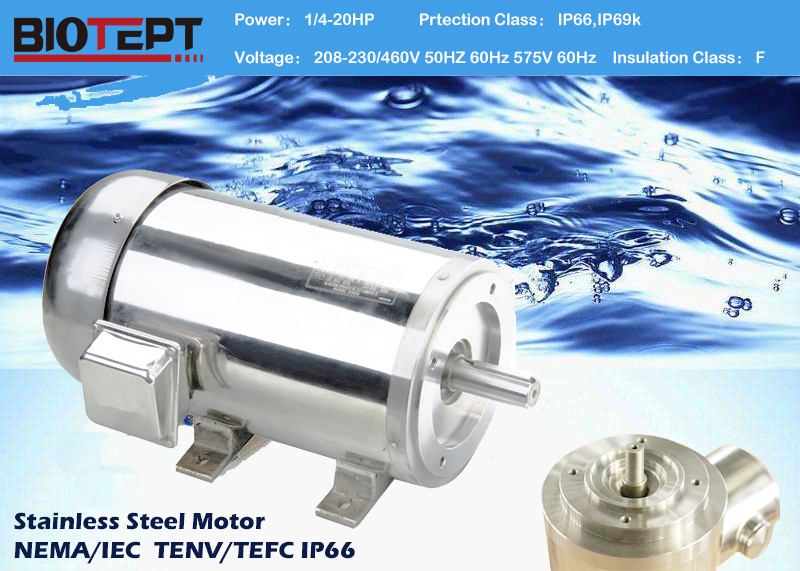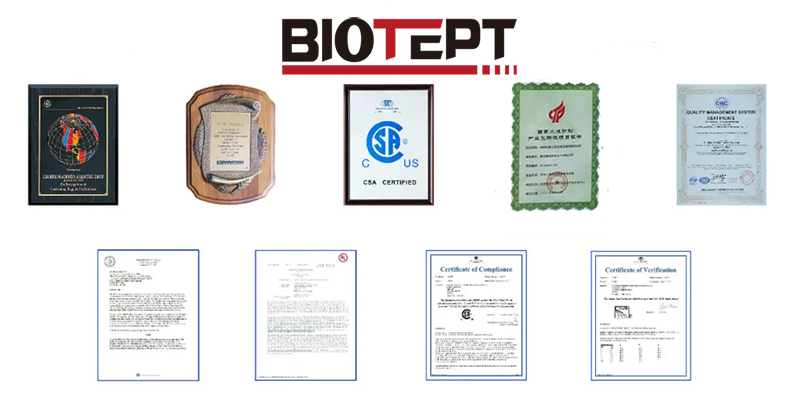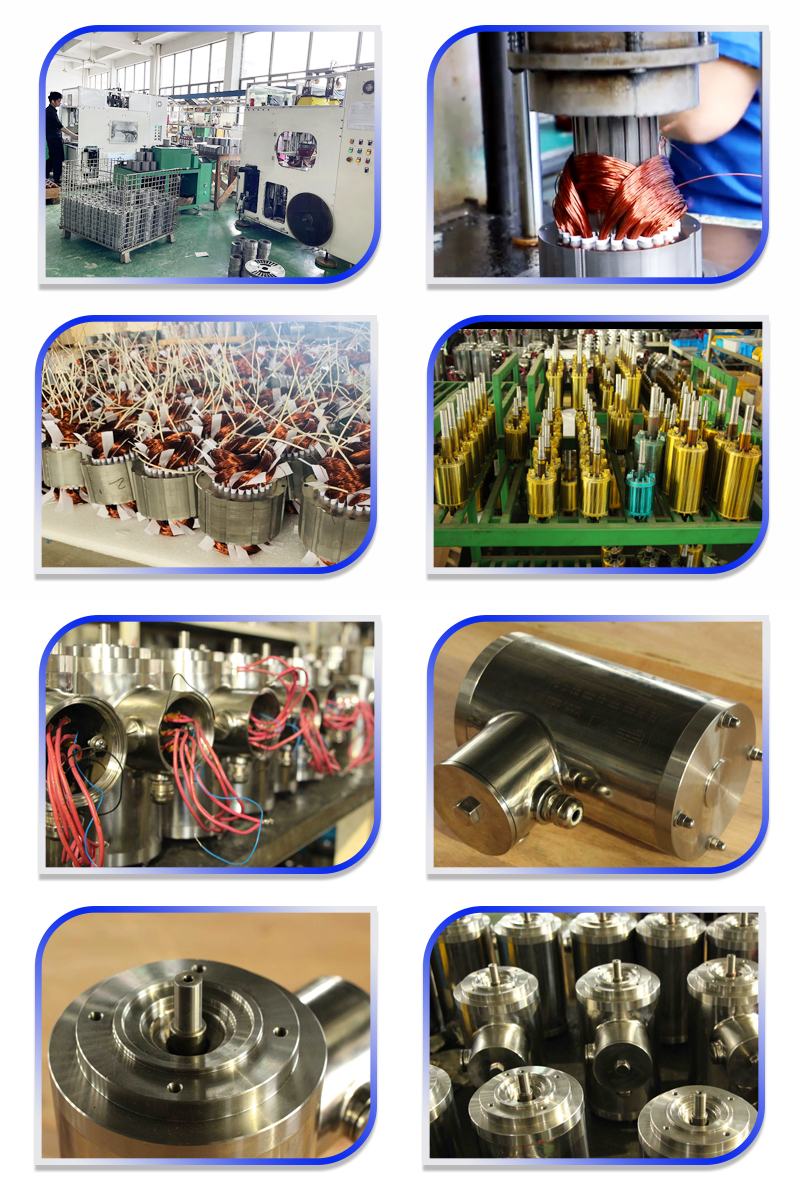Will Liquid Metal in Terminator be our solution to make chips?
[Liquid Metal in "Terminator" is a Solution We Can't Make Chips? ] When it comes to liquid metal, what do you think of? It may be that black powder is often thought to be used in the next generation of iPhones. Hardware enthusiasts may think of heat sinks. But more people are expected to think of the villain T-1000 in Terminator 2 for the first time. The body of this man in the movie is made of liquid metal, can easily change shape, get hurt and he can repair himself - of course, he was killed by the old governor.
So what do we think of when we mention the chip? It’s estimated that everyone’s association with it is like this: We don’t seem to be able to make this thing...
There is nothing to be surprised about. It is necessary to know that a small chip is built on the entire semiconductor revolution, and behind technological systems and industrial chains such as engineering, materials science, computer technology, and precision industry. The European and American countries have completed this transformation in decades and have continuously strengthened the information and technology blockade. Under such circumstances, it is obviously impossible for China to grasp this core technology within a short period of time. Even if you catch up, it will take a long time to cooperate.
But is there such a possibility: The material and process of the chip itself have undergone earth-shaking revolutions, and new materials and processes have brought everyone back to the same starting line? The above-mentioned T-1000's controllable, moldable metal, which is free to transform between solid-state liquids, may be the switch of this possibility.
Of course, today it seems that this is still a little bit far, but it does not prevent us from understanding the "chip revolution" that the scientific community generally sees.
Has shown the power of programmable liquid metal
In fact, liquid metal is not a particularly cutting-edge technology, but what is really expected is to combine liquid metal with a computer so that humans can control the effect of liquid metal. This is called programmable liquid metal.
In October last year, the University of Sussex and Swansea University jointly announced a study. Researchers have demonstrated externally that they can transform liquid metal into various 2D shapes by changing the electric field strength. For example, let the liquid metal give you more than a heart and become a variety of letters or something.

Because of this technology, the electric field that controls the formation of the liquid is generated by the computer, which means that humans can control the liquid metal remotely through programming and can manipulate it to move.
The reason why the liquid metal must be programmed to control is that the liquid metal itself is very conductive compared to other liquids and is suitable for activating its state through an electric field. Compared with ordinary solid metals, the liquid metal has a very strong flow. Sexuality, thus having the programming controllability.

In other words, if humans want a position that can be extremely fine, complicated to change shape and movement trajectory, then liquid metal is almost the only choice.
Of course, the programmable liquid metals studied by British scientists can only move in the plane. Liquid metal robots that want to make random deformations like the Terminator still do not fly. But even so, it has brought new imagination to many industries.
Such as software robot connector, high-strength flexible display, the experience of the robot into the body like water droplets and so on. But compared to these, what really makes the programmable liquid metal really interesting is that it may be the best choice to replace the transistor.
It's unlikely that the Terminator will be built. It's a bit tricky to upgrade your computer.
According to the famous von Neumann system, the computer hardware system in use today consists of five parts: computation, storage, control, input, and output. The most basic element that composes these information computing parts is the transistor that we are very familiar with.
Whether it is a chip or other computing device, the basic principle is to adjust the level of the voltage through the transistor, so that the transistor actually 1 or 0, so as to achieve a binary classic calculation. A large number of transistors work together on an integrated circuit to form the word we are very familiar with recently: the chip.
Due to the above working mechanism, the greater the number of newly integrated transistors, the better the computing performance. Therefore, humans have not been busy for decades. They are trying to reduce the size of transistors and increase the number of transistors per unit area. As transistors continue to shrink and integration processes get better and better, we are familiar with the "Moore's Law."
So the question is, that is, regardless of the size of the transistor, or the chip manufacturing process, it is certainly an end, and even many scientists believe that the end is imminent. But there is no doubt that the call of human beings for computation is not bottoming out. How can this contradiction be solved?
One idea is that we should not use 0 and 1 classical calculations. We must reconstruct computational logic with quantum entanglement. This is the famous quantum calculation. But there is also a way of thinking. It is to directly start with calculating the original and to break through the limitation of the force from the material. There are many ideas in this line of thinking, but the closest thing to the application today, which has the most potential for long-term investment, is the programming of liquid metal.
Because liquid metal has good fluidity, surface tension and conductivity, and heat dissipation, it can be said to be an ideal material for fast signal transmission. If the liquid metal can be stimulated by electricity, temperature, magnetic field and other conditions to complete the calculation, it is likely to break through the limitations of Moore's Law, so that human computing power has been rapid development.
This possibility is not merely an imagination. In fact, many laboratories and companies have begun to redesign and develop new computers based on liquid metal. For example, IBM's famous brain-like computing project REPCOOL supercomputer. By mimicking the information transfer and storage mechanisms of the human brain, liquid metal is used as a transmission medium for information and energy to complete rapid calculations.
The project's expectation is that by 2030, a computer with a performance of 1 peaflops per second will be reduced from today's classroom to the size of an ordinary desktop machine. The programming of liquid metal is a prerequisite for all this.
Eliminating transistor revolution

Since liquid metal is an original, widely considered computing device, once it matures, it is not impossible to directly eliminate today's transistors and chips.
For example, the well-known soft-mechanical laboratory at Carnegie Mellon University is developing and developing a synthetic technology that uses indium and gallium as the main materials. Its purpose is to convert the computing unit into a liquid, thereby eliminating the traditional transistor.
Wait a minute... How does it seem that so many things are still foreigners doing? Will it be considered that we are not behind another big segment? Wouldn’t it be more passive to give us a ban on the export of liquid metal?
Fortunately, in the direction of liquid metal programming, which is still in the exploratory phase today, the Chinese do not fall behind the world. The most famous domestic metal research department in China is the team of Professor Liu Jing from the Chinese Academy of Sciences. Many breakthroughs in the field of liquid metals, especially the programming of liquid metals and the conversion of liquid metals into computational units, are today led by the Chinese team.
For example, the team led by Liu Jing was the first to prove that it is possible to convert liquid metal between solid-state liquids with the help of temperature changes, thereby achieving classical calculations with different resistance values.
Compared to today's chip systems, liquid metal computers have at least a few imaginations: they can be subjected to a variety of environmental directives, and at the same time complete complex parallel computations that are faster than traditional chips; liquids have better heat dissipation and can be extremely To avoid the problem of calculating heat; to change the shape at will, to make a soft chip.
Although this technology still has a long way to go, it has already pointed out the future direction for many computer science problems. In fact, the core of the computer and semiconductor industry seem to be mysterious, but it is by no means an eternal truth. All sorts of scientific breakthroughs are waiting to be on the road. Maybe someday they will give you a "peasant uprising."
And the most important thing is that with the next iteration of calculations, China will be an important player and even a promoter.
BIOTEPT Washdown Duty motors are designed to handle high pressure washdowns and wet environments typical of the food processing industry. BIOTEPT has access to many types of Washdown Duty motors from most of the manufacturers we represent including painted, unpainted, and stainless steel, severe duty and light duty, single phase and three phase, and foot mounted and C-flange.
BIOTEPT Motor Systems stocks a variety of stainless steel and painted Washdown Duty motors in our warehouse.
Other brand motor: Baldor Washdown Motor, WEG Washdown Motor, LESSON Washdown motor, Sterling Electric Washdown Motor,, Marathon Electric Washdown Duty motors, Nidec/US Motors Washdown Duty motors,




Washdown Duty Motor,Washdown Motors,Corrosion Resistance Motor,Flush Motor
Ningbo Biote Mechanical Electrical Co.,Ltd , https://www.biotept.com